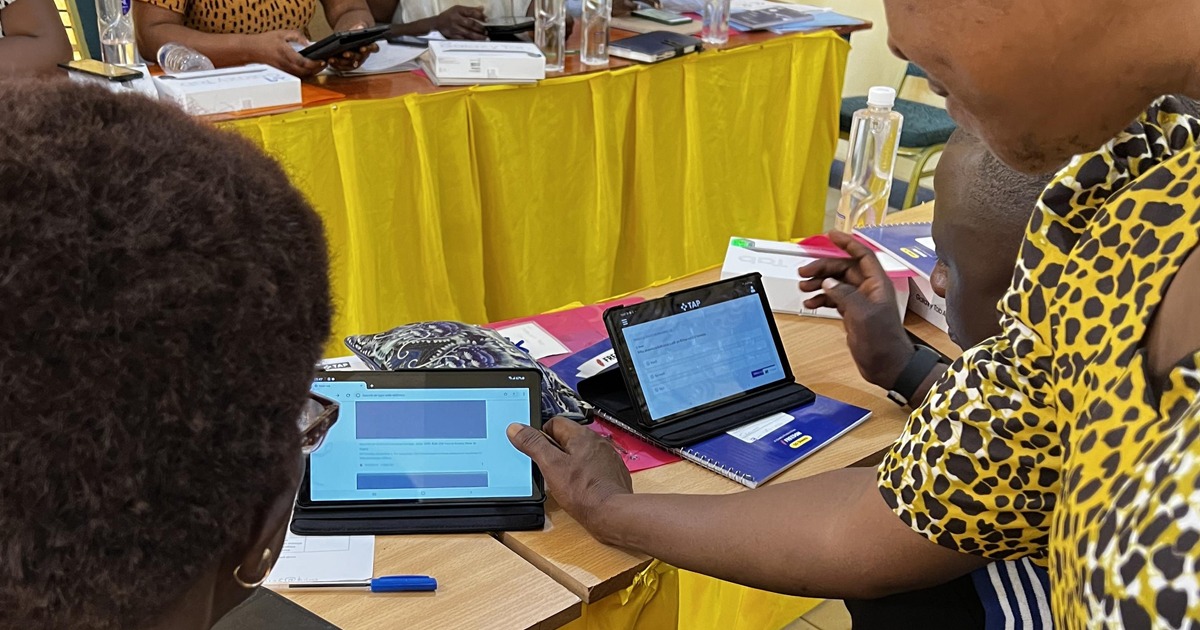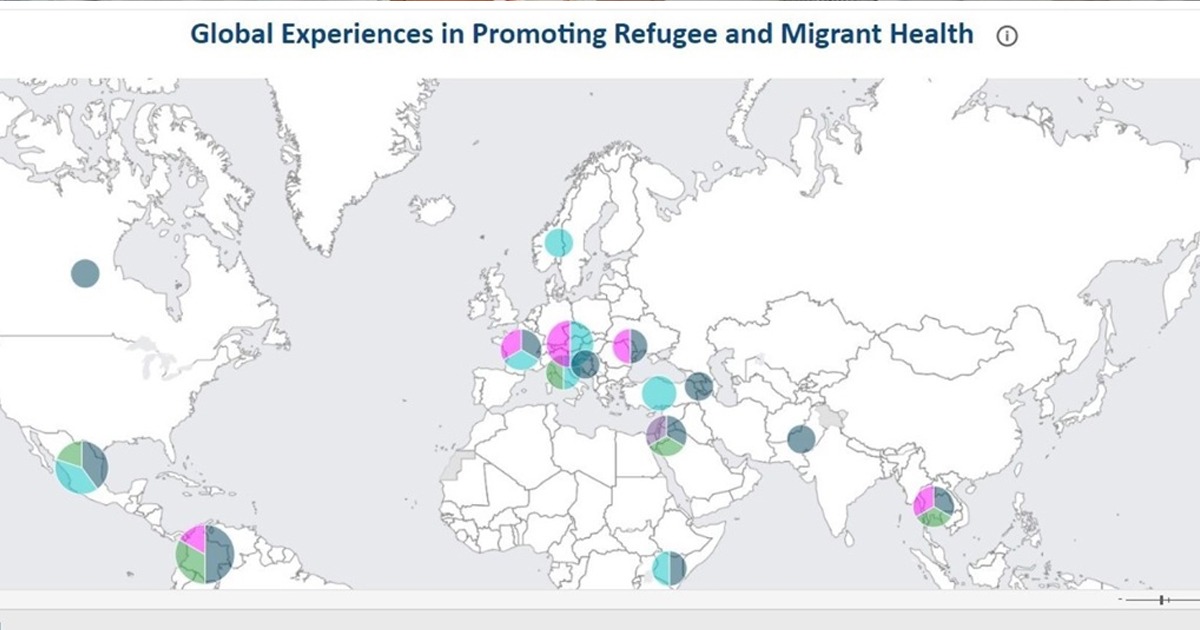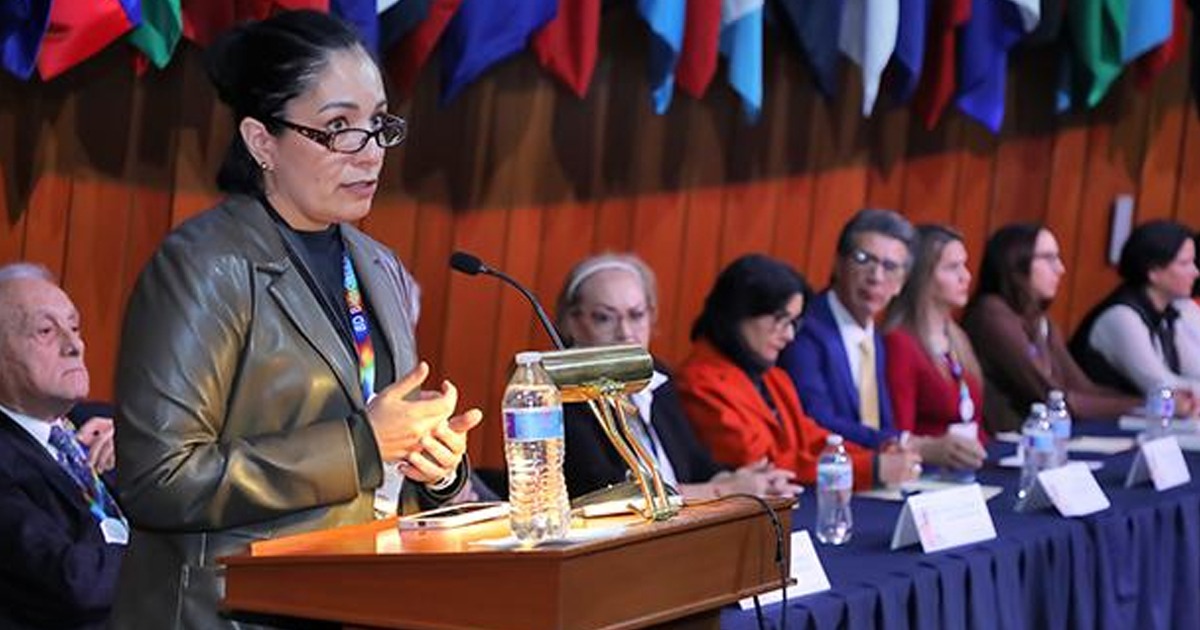The GovTech Maturity Index was published by the World Bank, to publicize the state of the digital transformation of the public sector around the world.
The GovTech Maturity Index (GTMI) is part of the GovTech Initiative, which aims to introduce a measure of GovTech maturity in four areas of interest: core systems of government, service delivery, citizen engagement, and GovTech enablers. Among these areas, the World Bank carried out an evaluation of a total of 48 variables.
In Latin America, countries such as Argentina, Brazil, Chile, Colombia, Mexico, Peru and Uruguay, obtained a GTMI rating very high and are considered leaders in GovTech. Even the report presents specific information about the digital government programs of some of these countries.
Argentina
The report highlights Argentina's digital agenda as it focuses on strengthening digital government enablers, basic government systems, and online services to support the digital transformation of the public sector. Even Argentina has an Undersecretariat for Open Government and Digital Country, which is currently the body in charge of digital policy.

Similarly, the report highlights some examples of digital policy in Argentina, such as MiArgentina, a mobile application that provides access to all online services and procedures available by the federal government. Health authorities recently included the COVID-19 vaccination digital passport in this mobile app.
Regarding Digital Health and government programs, Argentina announced in November last year the creation of IMPULSA, the new federal Digital Health program, which considers the improvement of the health system in Argentina by betting on digital transformation and the use of new technologies in health.
Colombia
Colombia is another of the countries that the World Bank highlights in terms of GovTech, since it has various programs at the national level that promote digital government. In addition, Colombia has invested in more than 800 digital zones with free internet, as well as web portals with free access to public information.
“A new digital government portal features links to a large number of websites giving access to GOV.CO (single portal), digital one-stop shops, the Digital Data Sandbox, free open source software, the Center for Public Innovation Digital Public Digital Innovation, and much more”, explains the report on Gov.co, one of the main digital government strategies in Colombia and in the Latin American region.
On the other hand, in terms of Digital Health, Colombia has had laws and regulations that regulate the provision of remote health services for just over ten years. And in October 2019, months before the pandemic, the government established new regulations for the development of telehealth in the country.
In fact, since March 2020; after the first cases of COVID-19; until July 2021, the Ministry of Health and Protection (Minsalud), reported that they carried out more than 55 million teleconsultations. What brought health services closer to the population during the health emergency.





